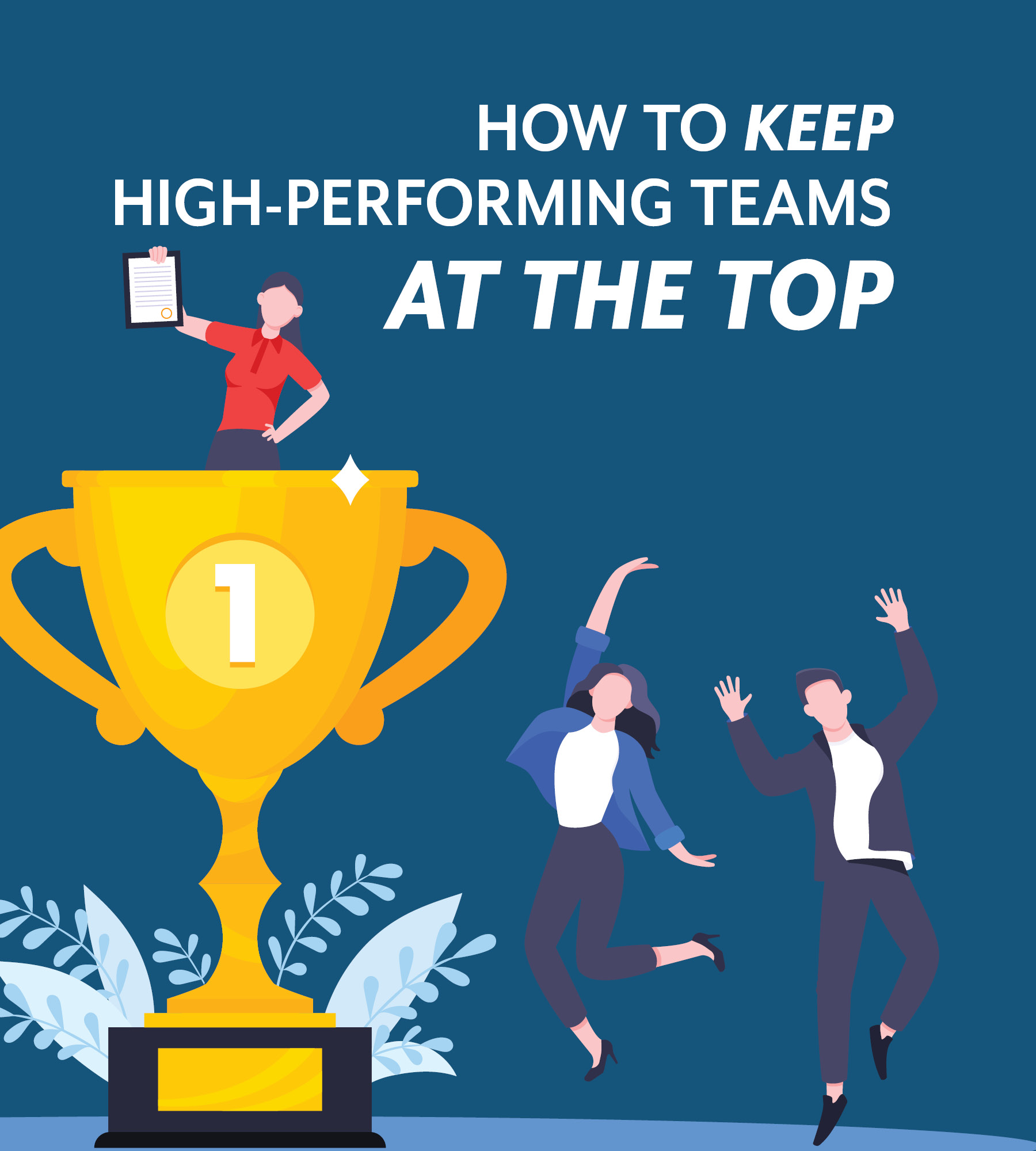Language
You can read the magazine in one of the following languages
Creating and managing a high-performing team is a fantastic achievement, but how do you keep them at that level? Australia’s World Aerobics Champion, Sue Stanley, once said: “To stay number one, you have to train like you are number two”, which best describes the ongoing effort required to maintain performance. Being the best and remaining at that position is the challenge.
One of my favorite books is Good to Great by Jim Collins. In this book he uses the analogy of a bus – an organization needs to get the right people on the bus and remove any poor performers from the bus.

So how do we ensure we have a suitable bus for high performers? A good culture and high employee satisfaction are mandatory.
I would add one critical element to his analogy – you need to have the right bus for people to get on. In this example, the bus would represent the culture of the team and organization, but if you select high-performing people and put them on a poor bus, they will want to get off.
So how do we ensure we have a suitable bus for high performers? A good culture and high employee satisfaction are mandatory. These have the added benefit of assisting in the recruitment of future high performers, as company advocates are the best brand messaging an organization can project.

Trust is built on three components:
■ Outcome trust – doing what you say you are going to do. Following through on what you promise.
■ Relationship trust – building a rapport with team members and creating close professional relationships at work.
■ Emotional trust – backing up your colleagues and supporting them. There is no room for talking behind colleagues’ backs. Communication should be upfront, conveyed positively and honestly.
You need to give trust to get trust. This shows that you respect team members.

Productivity improves by 20–25 percent in organizations with connected and engaged employees, according to the McKinsey Global Institute. So how do we get team members engaged?
Engagement is based on two main characteristics:
■ Uncovering your purpose and finding a way to fulfil your purpose through your job role.
■ Giving team members a sense of belonging through the organization’s values and culture.

High-performing teams consist of team members who are aligned. This includes:
■ Clarity around the goals, vision, values and purpose of the business.
■ Understanding the team priorities and being focused on achieving them.
■ Buy-in from all team members.
Communication integrating these three components is crucial to sustain a high-performing team environment. Leaders who can build trust and engagement will undoubtedly have the best-performing teams. They will be able to attract and retain high performers.

Under the current economic and social conditions, it may seem like recruitment should not be front of mind. On the contrary, now is the best time for organizations to put into practice the points I have outlined.
Businesses that position themselves now to recruit, retain and engage with high performers will set themselves up for long-term success. Recognizing current high performers and ensuring they are company advocates will position your business ahead of the curve when recruitment lifts again.

Kirk Peterson
Contributor Collective Member
Kirk Peterson is the Founder and Managing Director of Performance Shift. He is a renowned thought leader with more than 30 years’ experience in creating high-performing teams and modern-day leadership, along with a history of playing with and coaching high-performance sporting teams. Performance Shift specializes in creating high-performing individuals and teams. Using a combination of data and worldwide research-based insights, theoretical models, team diagnostics and personal experience, Performance Shift can implement strategies resulting in a sustainable culture of performance.
